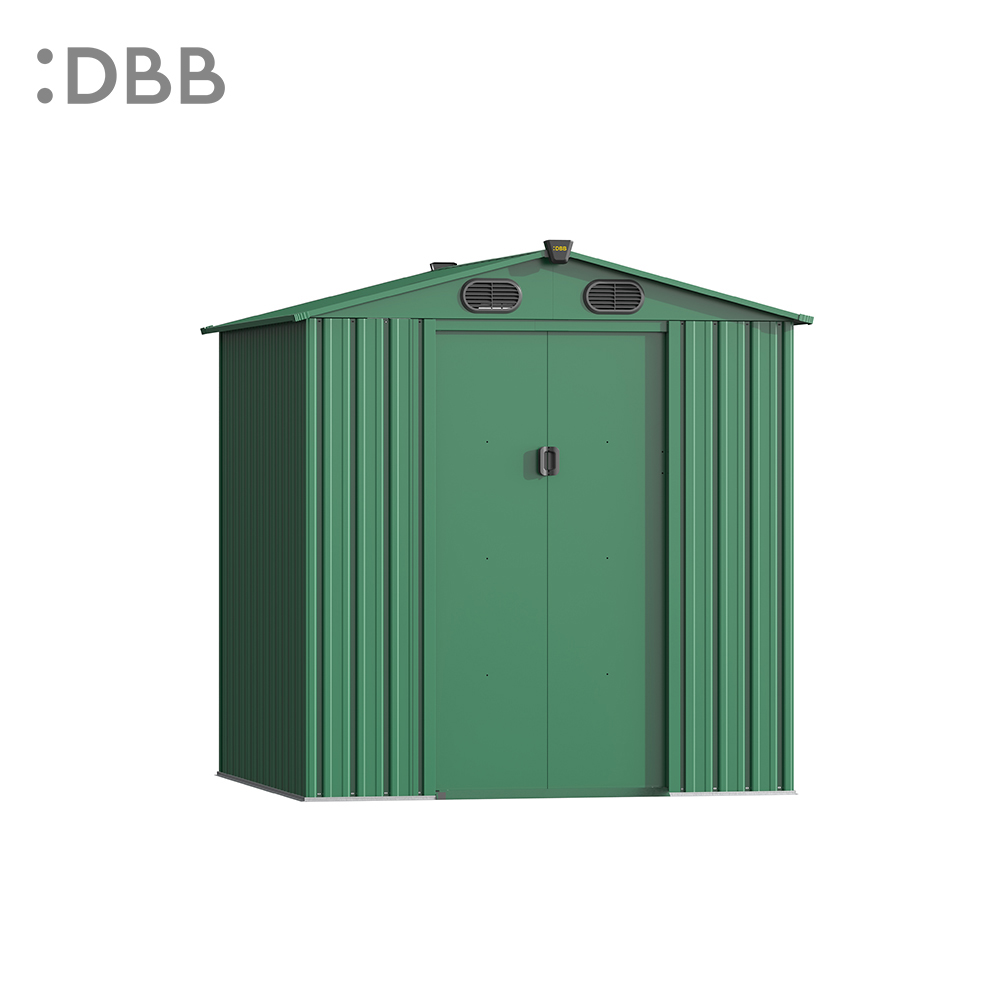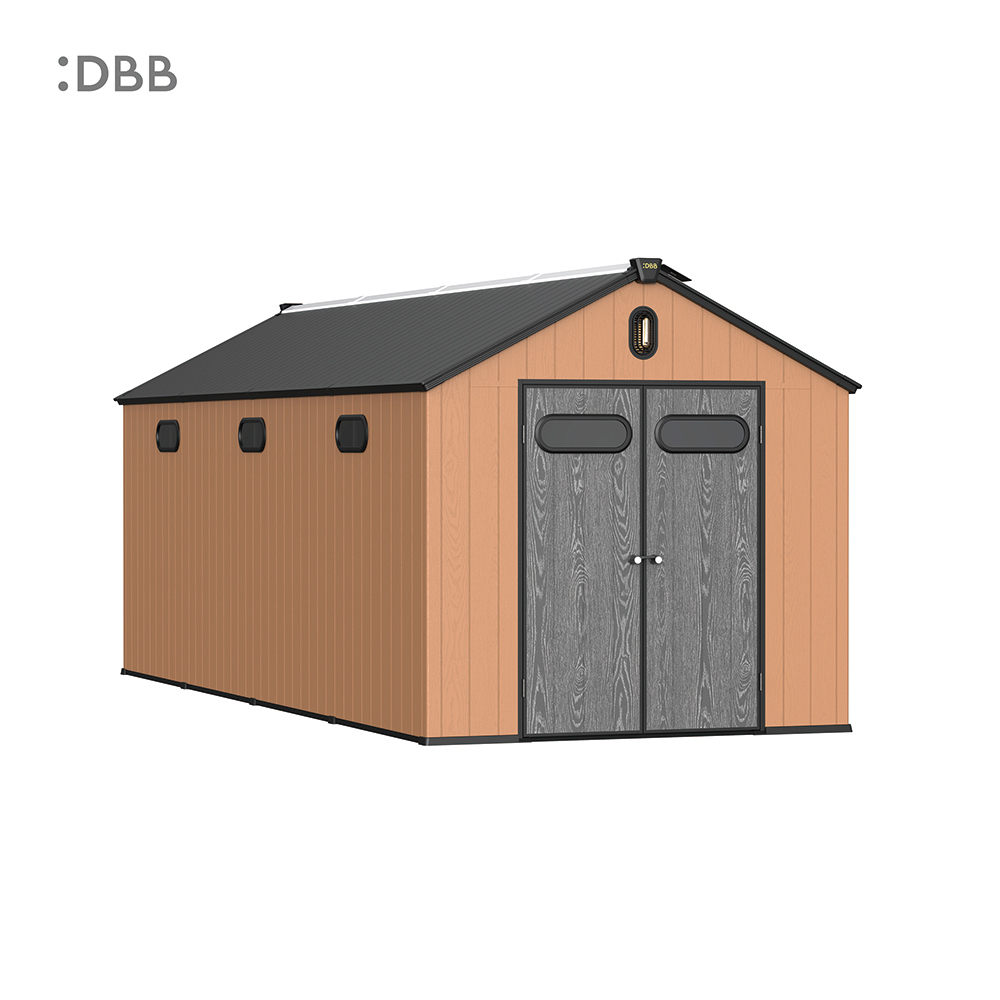Plastic sheds, while advantageous in several ways, have several drawbacks that should be considered before purchase.
Firstly, plastic sheds, made from non-biodegradable materials, take a long time to break down. This makes them unsustainable, impacting the environment negatively. A staggering 8 million tons of plastic waste is dumped into the ocean each year, and it is projected that by 2050, there will be more plastic in the ocean than fish. This is a direct result of the production of plastic sheds, which contributes to the depletion of natural resources and climate change.
Secondly, plastic sheds are not as durable as traditional wooden sheds. They are prone to damage from harsh weather conditions, such as strong winds and heavy rain. This can lead to leaks and structural instability, which can be costly to repair.
Thirdly, plastic sheds are not as energy-efficient as wooden sheds. They do not insulate as well, which can lead to higher energy bills in colder climates. Additionally, plastic sheds are not as fire-resistant as wooden sheds, which can pose a safety risk.
Lastly, plastic sheds are not as aesthetically pleasing as wooden sheds. They do not have the same natural look and feel as wooden sheds, which can be a deterrent for some people.
In conclusion, while plastic sheds have their advantages, such as being lightweight and easy to assemble, they also have several drawbacks that should be considered before purchase. The long-term environmental impact of plastic sheds, their lack of durability, energy efficiency, and aesthetic appeal, make them a less sustainable option compared to wooden sheds. It is important to prioritize sustainability and consider the impact of our choices on the environment.








